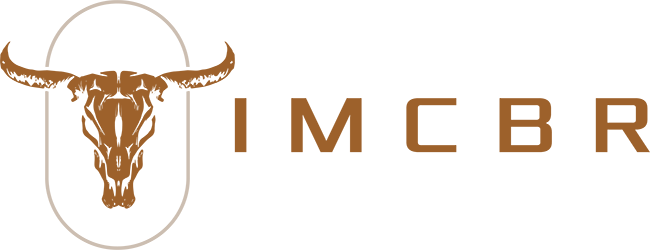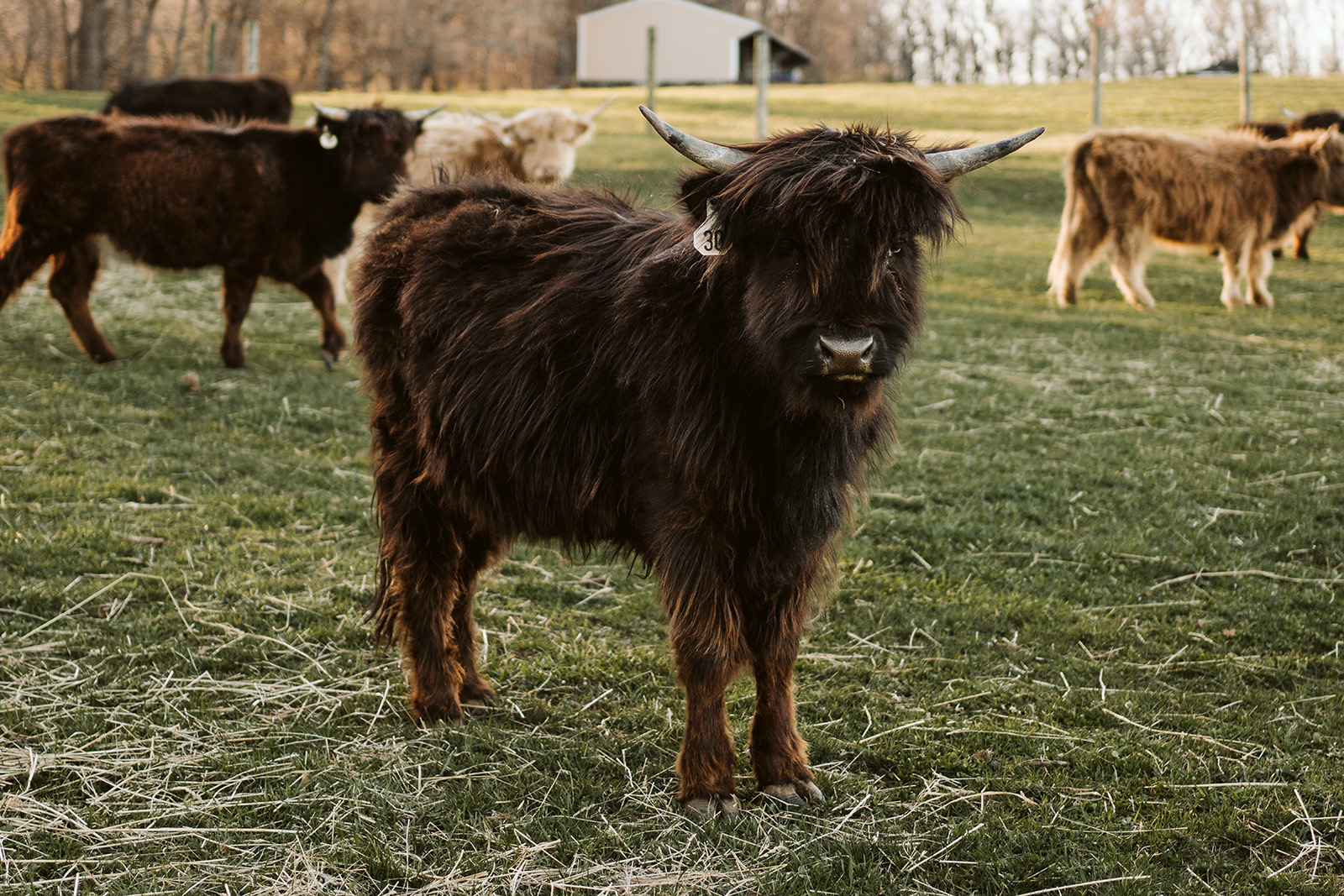Man, what a loaded topic. Who would have thought that naming a cow would be so involved?
Our grandparents used to say, “That girl with the silver bell around her neck, well, we call her Buttercup”. Times have changed, and with it, the need for a more structured naming game.
Let’s break it down
Name Prefix: The name before the name. The name prefix is typically a farm name or initials of a farm. This is the equivalent of an electronic brand on the cattle. This prefix cannot be changed without your approval for the life of the animal, regardless of ownership changes.
Example:
Mr. Smith inherited a Smith Family Farm from his old man. They are regarded as one of the leading producers a unique cattle breed call giraffe cows. Mr. Smith uses the prefix SFF for every long neck cow he registers. He also registers his long neck calves at birth, adding the SFF prefix to their registered names.
Name: This is what the cow is most commonly called. SFF April will stick her neck out for anyone with a treat. She is just referred to as “April” around the barn.
Some farms will choose to follow a theme with their names. We’ve seen farmers use all alcohol names, all Disney characters, or follow a letter-a-year program (“A” names for year 1, “B” for year 2). There is no right or wrong answer here, just pick what works best for you.
Name Suffix: The suffix of name is sometimes utilized as a farm name, in place of the prefix. This is most commonly used when the animal came to the farm as unregistered, having been bred or born elsewhere.
In the case of Mr. Smith, he found a great deal on a stellar giraffe bull named Budweiser. He wanted to identify this bull as his with an electronic branding, but also didn’t want to mislead buyers into thinking the bull was born on his farm. He chose to name to bull Budweiser of Smith Family Farm, to make the distinction.
Name suffixes have also been used to add information about the animal. AI means the animal was conceived with artificial insemination. ET stands for embryo transfer. P is a heterozygous polled animal, while PP is homozygous polled animal. With advances in technology, we can track these health records more accurately using specific data fields.
Conclusion: There is no right or wrong way to name your new friend. Finding a format that works for you is important. Consistency with your naming process will keep your records uniform and ensure buyers know the animal came from your program. By adding a farm prefix to the calves you produce, you’ll be able to track their life journey and development using our online searchable database.
Disclaimer: There is no giraffe cow breed. If you have a giraffe hangout in your yard, let’s talk. I’d like to try something.



